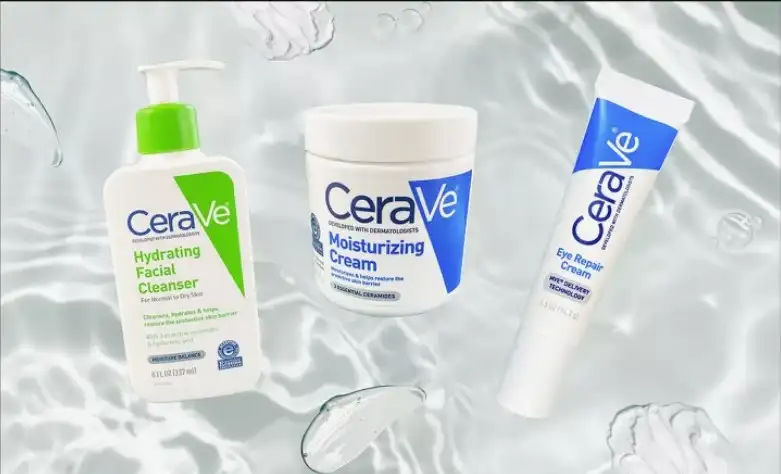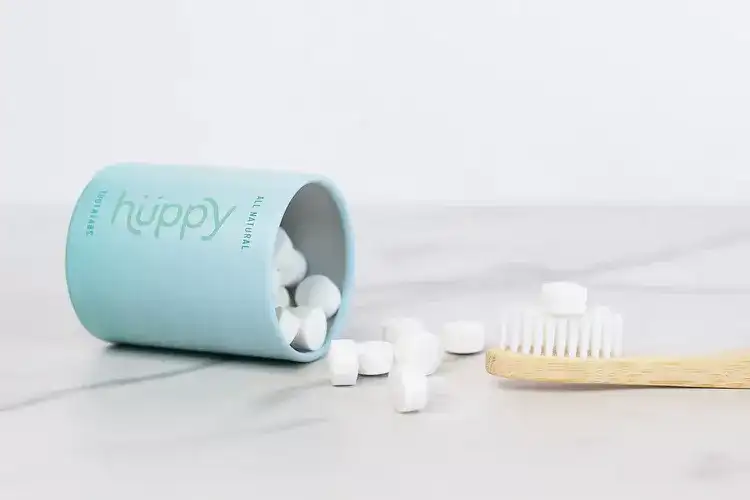Cruelty Free? Not by Most Standards
Despite its reputation for gentle, science-backed skincare, CeraVe is not considered cruelty free. The brand lacks certification from organizations like PETA or Leaping Bunny and sells its products in countries such as Brazil and (historically) mainland China, where animal testing was required by law. While CeraVe claims not to test finished products on animals, it does not guarantee that its ingredient suppliers or third-party manufacturers avoid animal testing either.
Truly cruelty free brands choose not to enter markets where animal testing is a condition for sale. Until CeraVe matches that level of commitment, it won’t qualify as cruelty free in the eyes of most conscious shoppers.
Is CeraVe Vegan?
CeraVe is not a vegan skincare line. Many of its products contain animal-derived ingredients, such as glycerin, cholesterol, and lanolin (from sheep). While company representatives note that most formulas are free from pork, beef, or lamb sources, they may still include ingredients from bees, fish, or eggs.
Because vegan labeling is largely unregulated, CeraVe’s lack of third-party certification means shoppers looking to avoid all animal byproducts should consider other brands.
Sustainability and Packaging: Where Does CeraVe Stand?
CeraVe has not made sustainability a core focus. The vast majority of its products are packaged in plastic containers most of which are not easily recyclable, depending on local facilities. Only three of its 77 products (the cleanser bars) come in recyclable cardboard. The company does not use recycled shipping materials or purchase carbon offsets.
Controversial ingredients add to the concerns. Many CeraVe formulas use dimethicone (a palm oil derivative) and petrolatum, both of which raise questions around environmental impact, resource extraction, and biodegradability.
Parent Company Ethics and Future Commitments
CeraVe is owned by The L’Oréal Group, which has faced scrutiny over supply chain transparency and labor ethics. Watchdog organizations have flagged issues ranging from potential animal testing to insufficient assurances about sourcing free from child or slave labor. While L’Oréal has published ambitious 2030 sustainability goals targeting carbon neutrality, recycled plastics, and ethical practices concrete changes at the brand level remain to be seen.
“CeraVe says it supports L’Oréal’s 2030 vision for sustainability, but it has not published brand-specific progress or independent certifications.”
Alternatives for Conscious Skincare
If you’re looking for cruelty free, vegan, and eco-friendly alternatives to CeraVe, consider the following brands and products:
- Cleanser: Klur Gentle Matter Cleanser, a sustainable alternative to CeraVe’s Hydrating Cleanser.
- Smoothing Cream: Cocokind Texture Smoothing Cream, which is plant-based and lightweight.
- Eye Cream: Youth to the People Dream Eye Cream, vegan, cruelty free, and packaged sustainably.
What Green Shoppers Should Know
CeraVe may be a dermatologist favorite for affordability and efficacy, but it does not meet cruelty free, vegan, or sustainability standards set by leading green beauty advocates. If these values matter to you, carefully check ingredient labels, look for trusted certifications, and consider supporting brands with clear commitments to animal welfare and environmental responsibility.
As sustainability becomes more important in skincare, the demand for brands that truly “walk the talk” will only grow. Until CeraVe takes more transparent and meaningful steps, it remains a popular but not green choice.




